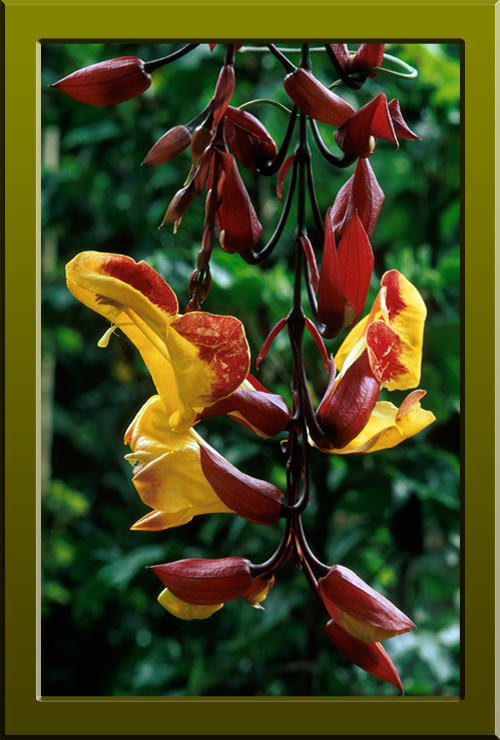Deccan BioProvince
This BioProvince (as defined by Armen Takhtajan) includes all Peninsula India east of the Malabar BioProvince and south of the Indo-Gangetic Plain. The upland areas include the Kaimur Range, the Rajmahal Hills and the Vindhya Range. However, the exact boundaries are difficult to define. The geology is complex but much of the south is dominated by rocks of Proterozoic-Archean age, while much of the southeast comprises the so-called Deccan Traps. These massive flood basalts are estimated to be about 65 million years old and thought to have originated during the breakup of Gondwanaland. The climate is varied but can largely be described as a tropical monsoon regime with distinct wet and dry seasons. The flora contains a multitude of endemic taxa but difficult to quantify.
The following accounts for this BioProvince have been written or will be written with particular reference to endemic and locally important species. Accounts available are displayed in green or yellow. Those displayed in red are either in the pipeline or awaiting expert contributions.
| Index |
|---|
| Major Ecosystems |
| Deccan Endemic Vascular Flora |
| Indian Endemic Vascular Flora |
| Bryophyte Flora |
| Fungus Flora |
| Lichen Flora |
| Invertebrate Fauna |
| Amphibian Fauna |
| Reptile Fauna |
| Bird Fauna |
| Mammal Fauna |
| Conservation Status |

Thunbergia mysorensis (Acanthaceae) an evergreen climber known as the clock vine native to southern India and named after the city of Mysore (Copyright © 2010 Peter Martin Rhind).


